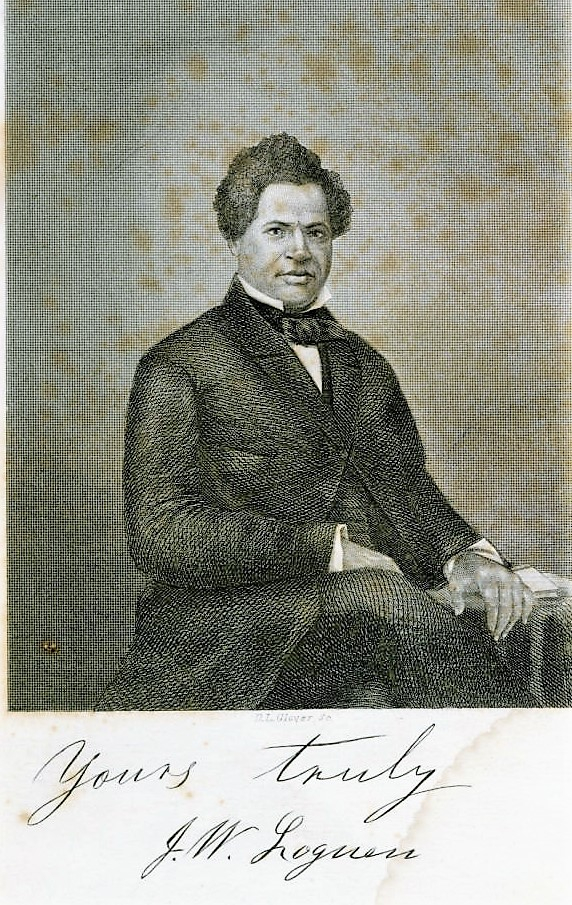Rev. Jermain Wesley Loguen
Date & Place:


 Gaye Thomas
Gaye Thomas